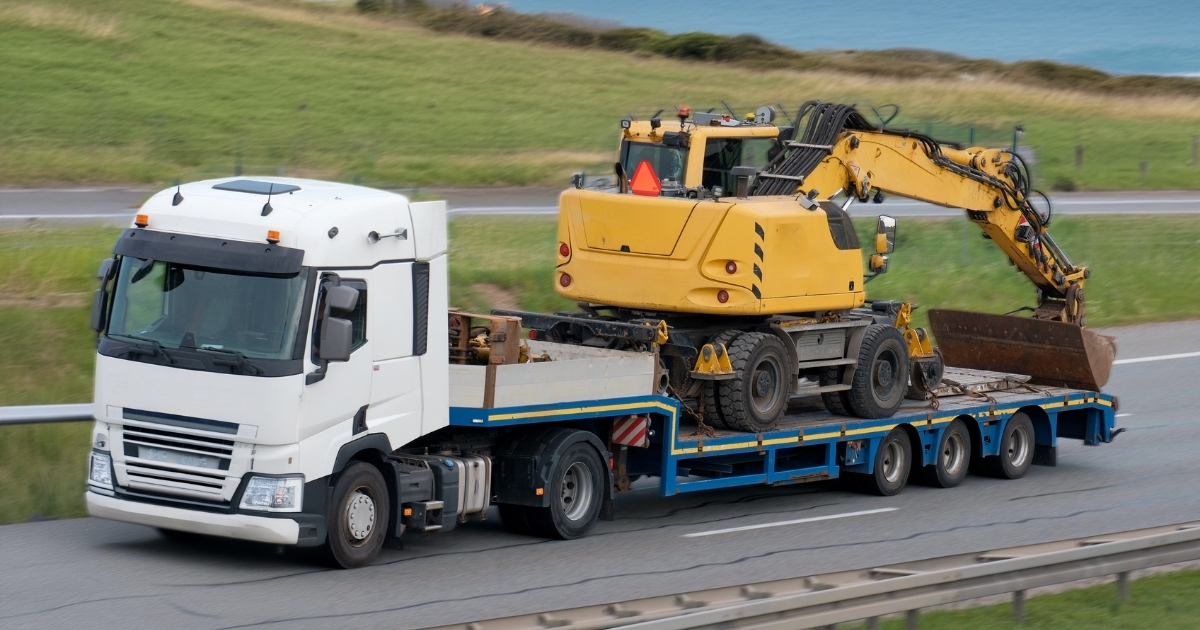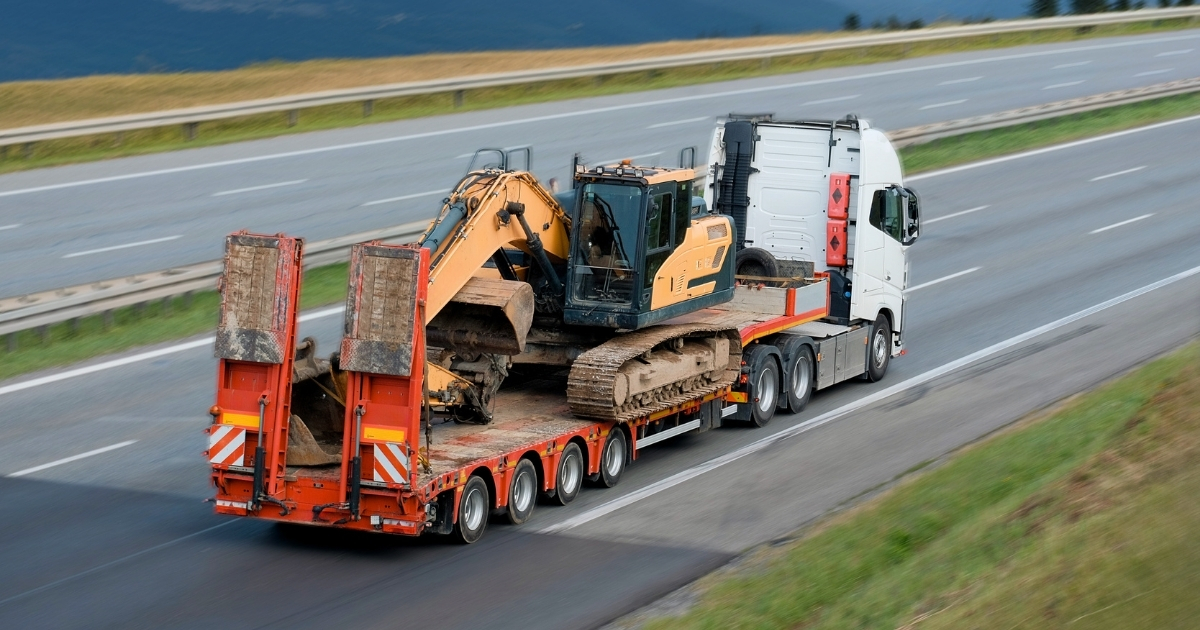Types of Low Loaders
Semi-Trailer Low Loaders
Semi-trailer low loaders are the most common type, featuring a fixed gooseneck and a low deck. They are ideal for transporting heavy machinery and equipment, offering a balance of strength and maneuverability.
Detachable Gooseneck Low Loaders
Detachable gooseneck low loaders provide added flexibility, allowing the front of the trailer to be removed for easier loading and unloading. This type is particularly useful for transporting vehicles and equipment that require a gentle loading angle.
Extendable Low Loaders
Extendable low loaders are designed to accommodate longer loads by extending their deck length. This feature is crucial for transporting items like wind turbine blades and long construction materials.
-
Semi-trailer low loaders for heavy machinery
-
Detachable gooseneck for easy loading
-
Extendable decks for long loads
Low Loader Design and Construction
Structural Components
The design of a low loader is centered around its structural components, which include the chassis, deck, and gooseneck. These components are engineered to withstand heavy loads and provide durability over long distances.
Suspension Systems
A robust suspension system is vital for maintaining stability and safety during transportation. Low loaders typically feature air or hydraulic suspension systems that absorb shocks and ensure a smooth ride.
Loading Angle Optimization
The loading angle of a low loader is optimized to facilitate easy loading and unloading of cargo. This is achieved through the use of ramps and adjustable decks, which reduce the risk of damage to the load.
-
Durable chassis and deck construction
-
Air or hydraulic suspension systems
-
Optimized loading angles for safety
Benefits of Using Low Loaders in Trading
Increased Payload Capacity
Low loaders offer increased payload capacity, allowing businesses to transport larger and heavier loads in a single trip. This efficiency translates to cost savings and reduced transportation time.
Improved Safety and Stability
The design of low loaders prioritizes safety and stability, with features like low center of gravity and robust suspension systems. These elements minimize the risk of accidents and ensure secure transportation.
Versatility in Transporting Oversized Loads
Low loaders are versatile, capable of transporting a wide range of oversized loads. From construction equipment to industrial machinery, low loaders can handle diverse cargo types with ease.
-
Higher payload capacity for cost savings
-
Enhanced safety features for secure transport
-
Versatile for various oversized loads
Low Loader Specifications and Standards
Weight Limits and Regulations
Low loaders must adhere to specific weight limits and regulations to ensure safe operation. These standards vary by region and dictate the maximum load a low loader can carry.
Dimensions and Clearance Requirements
The dimensions and clearance requirements of low loaders are crucial for navigating roads and bridges. Compliance with these standards ensures that the low loader can safely transport its cargo without obstruction.
Safety Features and Compliance
Safety features such as load securement systems and braking mechanisms are essential for compliance with transportation regulations. These features protect both the cargo and the driver during transit.
-
Adherence to regional weight limits
-
Compliance with dimension and clearance standards
-
Essential safety features for regulation compliance
Low Loader Maintenance and Care
Routine Inspection Checklist
Regular inspections are vital for maintaining the performance and safety of a low loader. A routine checklist includes checking the brakes, suspension, tires, and load securement systems.
Preventive Maintenance Tips
Preventive maintenance extends the lifespan of a low loader and reduces the risk of breakdowns. This includes regular lubrication, tire rotation, and inspection of structural components.
Common Issues and Troubleshooting
Common issues with low loaders include tire wear, suspension problems, and brake malfunctions. Troubleshooting these issues promptly ensures the continued reliability of the low loader.
-
Regular brake and suspension checks
-
Preventive maintenance for longevity
-
Addressing common issues promptly
Choosing the Right Low Loader for Your Business
Factors to Consider
When selecting a low loader, consider factors such as load capacity, deck length, and suspension type. These elements determine the suitability of the low loader for your specific transportation needs.
Customization Options
Many manufacturers offer customization options for low loaders, allowing businesses to tailor the trailer to their requirements. Custom features can include specialized decks, additional axles, and enhanced safety systems.
Cost-Benefit Analysis
Conducting a cost-benefit analysis helps businesses determine the financial viability of purchasing a low loader. This analysis considers factors like initial cost, maintenance expenses, and potential revenue from increased transportation capacity.
-
Load capacity and deck length considerations
-
Customization for specific needs
-
Financial analysis for informed decisions
Innovations in Low Loader Technology
Smart Load Monitoring Systems
Smart load monitoring systems enhance the safety and efficiency of low loaders by providing real-time data on load weight and distribution. This technology helps prevent overloading and ensures balanced transportation.
Advanced Materials for Lighter Weight
The use of advanced materials in low loader construction reduces the overall weight of the trailer, increasing payload capacity and improving fuel efficiency.
Eco-Friendly Low Loader Solutions
Eco-friendly solutions, such as hybrid power systems and sustainable materials, are becoming increasingly popular in low loader design. These innovations reduce the environmental impact of transportation.
-
Real-time load monitoring for safety
-
Lightweight materials for efficiency
-
Sustainable design for environmental impact
Low Loader Safety Protocols
Load Securement Best Practices
Proper load securement is crucial for preventing accidents during transportation. Best practices include using appropriate tie-downs, ensuring even weight distribution, and regularly checking securement devices.
Driver Training and Certification
Driver training and certification programs ensure that operators are knowledgeable about low loader safety protocols and best practices. This training reduces the risk of accidents and enhances operational efficiency.
Risk Assessment and Mitigation Strategies
Conducting risk assessments and implementing mitigation strategies help identify potential hazards and reduce the likelihood of accidents. These strategies include route planning and regular equipment inspections.
-
Securement techniques for safe transport
-
Training programs for driver safety
-
Risk assessments for hazard prevention
Global Low Loader Market Trends
Industry Growth Statistics
The global low loader market is experiencing significant growth, driven by increased demand for heavy-duty transportation solutions. This growth is reflected in rising sales and production figures.
Regional Demand Analysis
Regional demand for low loaders varies, with high demand in areas with robust construction and industrial sectors. Understanding these trends helps businesses make informed decisions about market entry and expansion.



